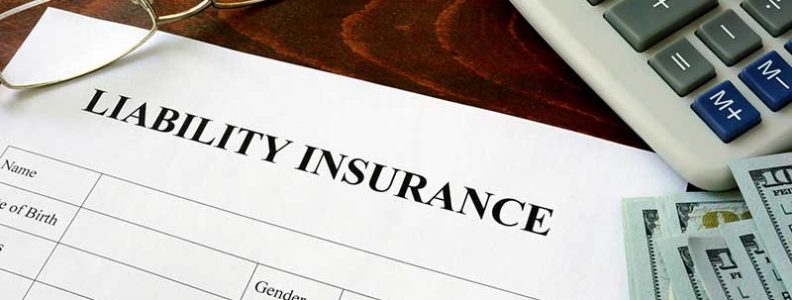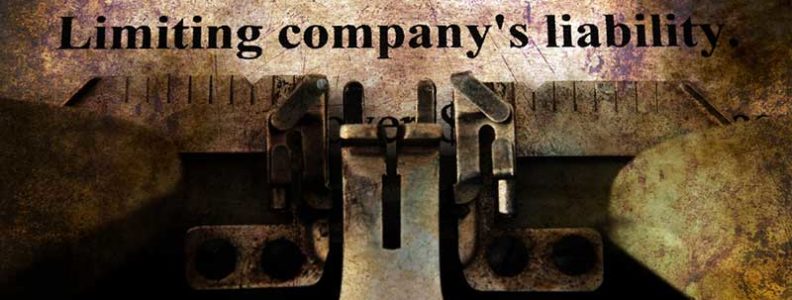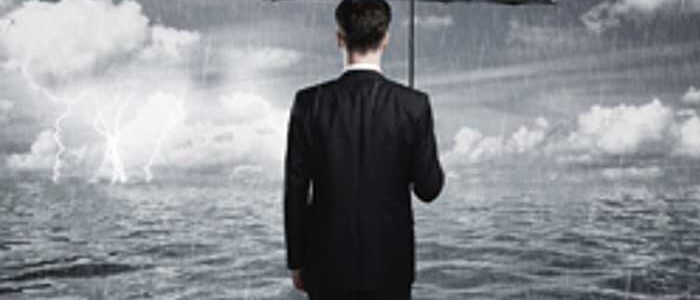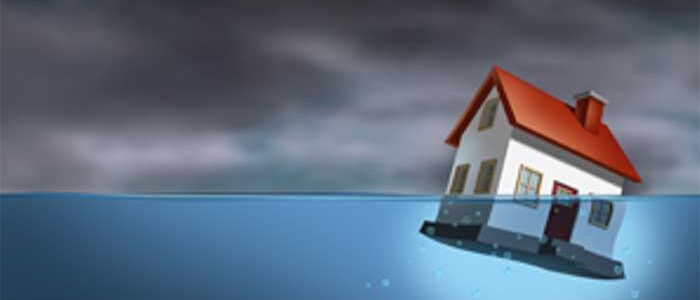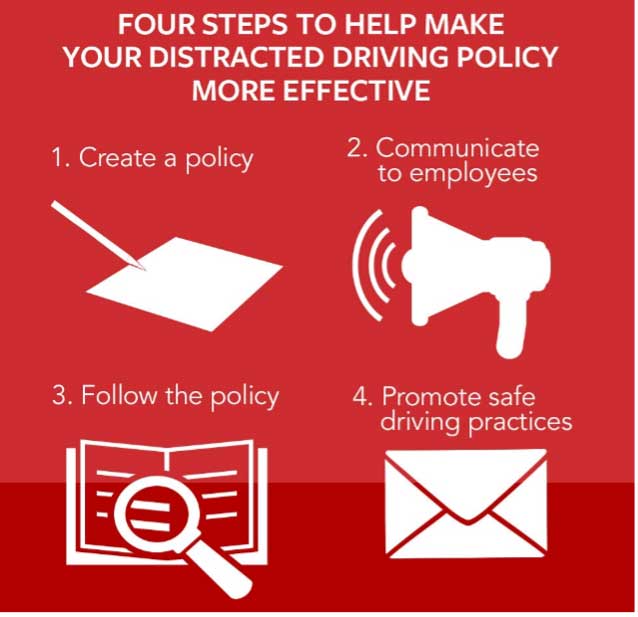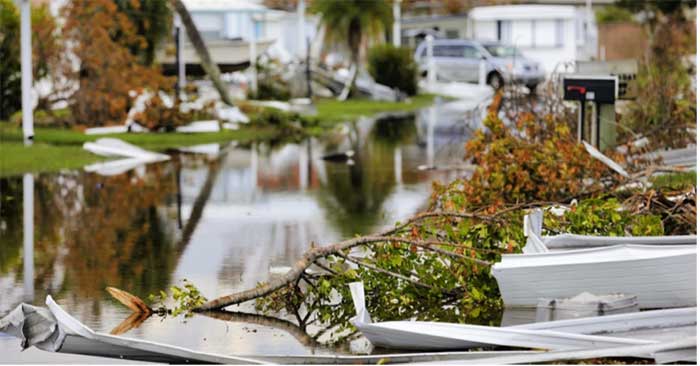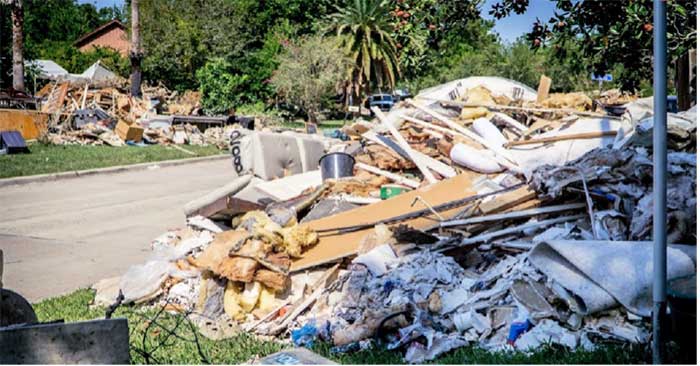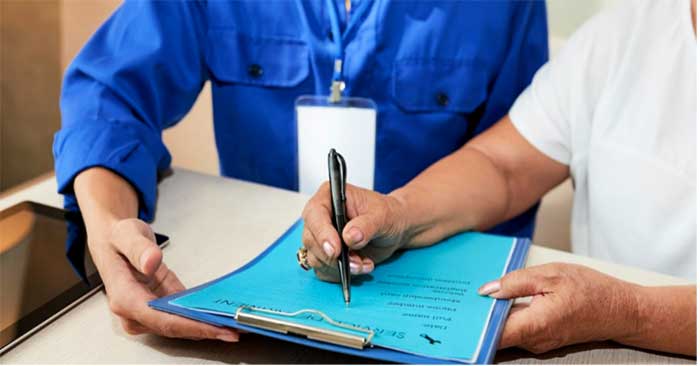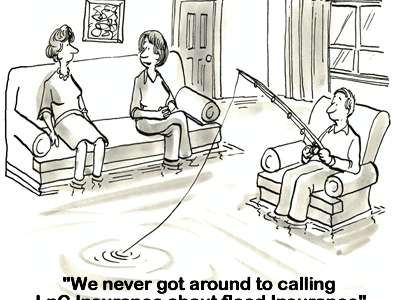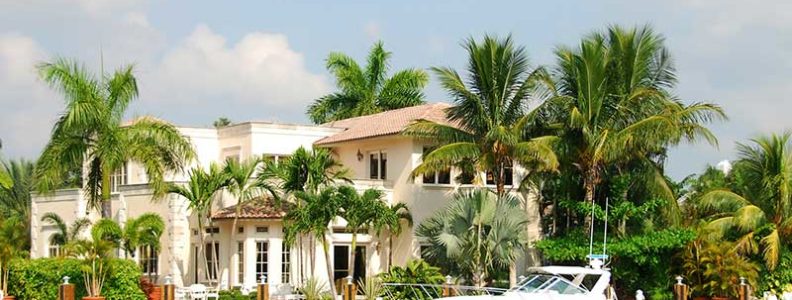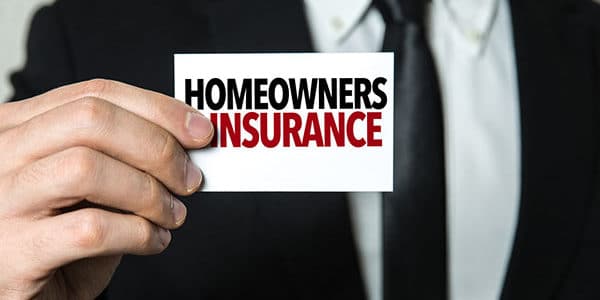Businesses face risks every day. Management and professional liability insurance is designed to protect you and your business against the potentially devastating costs of those exposures. Without adequate insurance protection, your clients, your reputation, your company and even your personal assets may be at risk.
Losses and lawsuits can come from any direction. You need a trusted advisor with the vision to help you anticipate those risks and determine the best coverage options for your business. We can help protect businesses of all sizes with a full range of customizable management and professional liability insurance coverages.
L and C Insurance Providers Knows Management and Professional Liability Insurance
L and C Insurance offers dedicated policies for private companies, public companies, nonprofit organizations, financial institutions and professional services, as well as managed care organizations, healthcare organizations and community homeowners associations. With L and C insurance, you’ll find the coverage that fits your unique business needs, responsibilities and exposures. Choose either standalone coverage or a suite of coverages on a single policy. We has the flexibility to adapt to you and your business.
Who Needs Management and Professional Liability Insurance?
Consider Management and Professional Liability insurance to cover the unique risks that your organization faces in the course of doing business. In addition to providing the peace of mind that your business is protected, proper coverage can also help give your business the tools and claim resources to respond to an incident. From employee-related issues to cyber risks, this suite of products can help companies get the coverage to compete in today’s marketplace.
What is Management and Professional Liability Insurance?
Management and Professional Liability insurance refers to the suite of products that Traveler offers L and C insurance can help protect organizations from the risks of operating in the 21st century. Regardless of whether your company was at fault, these risks can come from customers, who perceive that you made a mistake that caused them financial loss or reputational harm, or from employees, who could claim that they were treated unfairly.
Management and Professional Liability insurance coverage from us can help minimize the potential financial damage your business could incur when faced with such claims. Talk to your independent agent to learn more about your specific risks and which products may be right for your organization.
Select a Product:
- CyberRisk Insurance
CyberRisk insurance is designed to cover the costs associated with a cyber event or a security breach, including costs for forensic investigations, legal expenses and regulatory defense expenses and fines. - Directors & Officers (D&O) Liability Insurance
D&O Liability insurance helps cover defense costs, awards and settlements arising out of an actual or alleged wrongful act, including lawsuits brought against an organization’s board of directors and/or officers. - Employment Practices Liability Insurance
This liability insurance provides coverage for defense costs and damages related to employment-related claims including allegations of wrongful termination, discrimination, workplace harassment and retaliation. - ERISA Fidelity Insurance
This insurance covers an employee benefit plan against losses caused by acts of fraud or dishonesty such as theft, embezzlement or forgery. - Errors & Omissions (E&O) Insurance
E&O insurance protects businesses and individuals against allegations of inadequate work or negligent actions. - Fidelity and Crime Insurance
This coverage protects against losses due to employee dishonesty, credit card forgery, computer fraud and theft, and the disappearance or destruction of property. - Fiduciary Liability Insurance
This liability insurance covers breaches for those involved in the management of a company-sponsored employee retirement or health plan. - Financial Institutions Bond
This coverage is designed to protect against the actions of dishonest employees, protecting a financial institution’s balance sheet, assets and stakeholders’ investments. - Identity Fraud Expense Reimbursement Insurance
This coverage provides for the financial and time-related costs you, your employees or members may incur when someone uses stolen personal information to commit a crime or fraud in your/their name. - Kidnap & Ransom Insurance
This insurance typically covers payments to kidnappers or extortionists, loss of ransom in transit and other expenses incurred as a result of a kidnapping. - Nonprofit Directors & Officers Liability Insurance
This coverage can help protect a nonprofit organization’s mission and vision when allegations of wrongful acts are brought against the organization and its directors and officers. - Property and Casualty for Financial Institutions
This insurance helps cover the real and personal property that your financial institution owns, as well as the liabilities related to your operations.

